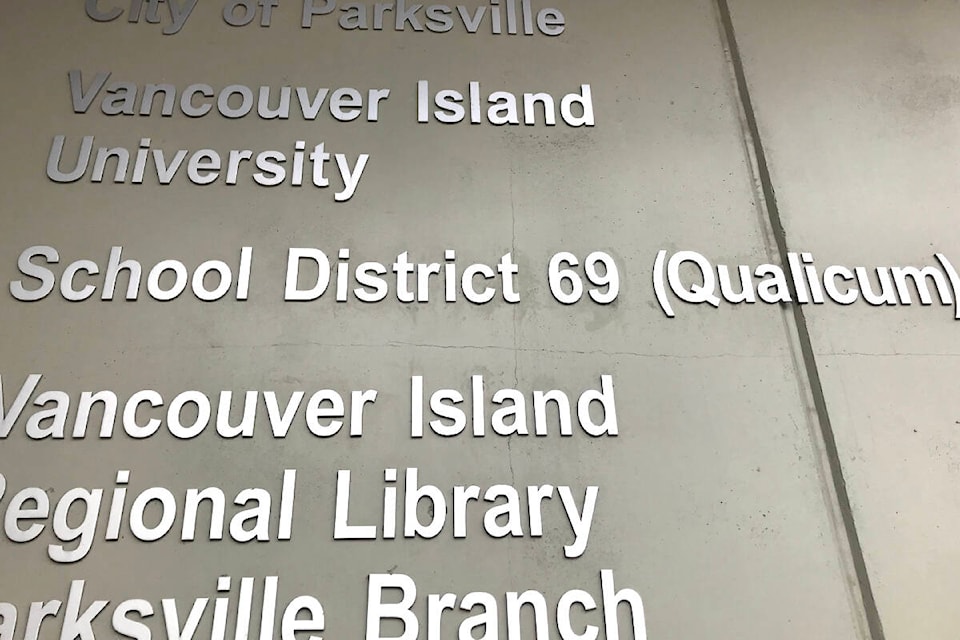The Qualicum School District is faced with a near $500,000 budget shortfall amid rising costs.
The school district’s operating grant was increased by $1.37 million, but its costs have gone up even more, according to a presentation to school board trustees by secretary-treasurer Ron Amos on April 16.
“The total increase in committed costs is about $1.6 [million], recognizing that there’s now a shortfall, a funding shortfall of about $236,000,” he said, and added that additional requests including $262,000 for needs response team (NRT) funding and teacher staffing, which brings the shortfall to $498,000.
The NRT structure is designed to provide teachers a way of engaging with colleagues to “support inclusion, common assessments, Indigenous content and strategies to integrate core competencies,” according to a document written by Peter Jory, superintendent of schools.
Benefits are a major increased expense, to the tune of approximately $470,000, Amos said. These costs are drawn from the school district’s operating dollars. Most obligations for benefit coverage is provincially determined, he added.
“Clearly the carriers themselves who are offering the coverage are feeling the burden of increased costs and increased usage of these plans,” he said. “So they’re clearly not going to take on those costs themselves if they are feeling the pinch of prescription costs going up, they will pass that on to us.”
Amos added that since people were hesitant to visit a dentist or doctor during the pandemic, there was a pent up demand, which is compounded by the rising cost of those services.
Replacement costs (substitutes and teachers on call) are also on the rise ($100,000), as is insurance ($35,000) and recruitment and legal fees ($50,000), according to the presentation.
READ MORE: Board says no to later start times for Qualicum School District
Replacement costs have trended up since the pandemic, as colds, flus and COVID all impact staff, Amos said.
Student absentee rates have increased, Jory said, with attendance rates “several per cent lower” than pre-COVID.
Jory added he had hoped attendance rates for students and staff would return to normal.
“Now I’m starting to believe that if we don’t start responding to this and being strategic, become strategic about it, that things will remain as they are, at least for the time being,” he said.
Several cuts are proposed to balance the budget, including $50,000 from the International student program and the elimination of the summer works crew ($150,000).
“It isn’t necessarily all doom and gloom, there are elements of adding back to the system,” Amos said. “This is that risk aversion that a good accountant has, in terms of recognizing what are the risks that are out there, planning for what you can plan for, but recognizing that there’s other things that we can’t plan for.”
The board will have an opportunity to approve the budget at its April 23 meeting.
A balanced budget must be submitted to the education ministry by the end of June. Once submitted, the school district will wait and see what the fall enrolment numbers are, which will generate grant recalculations, according to Amos.
